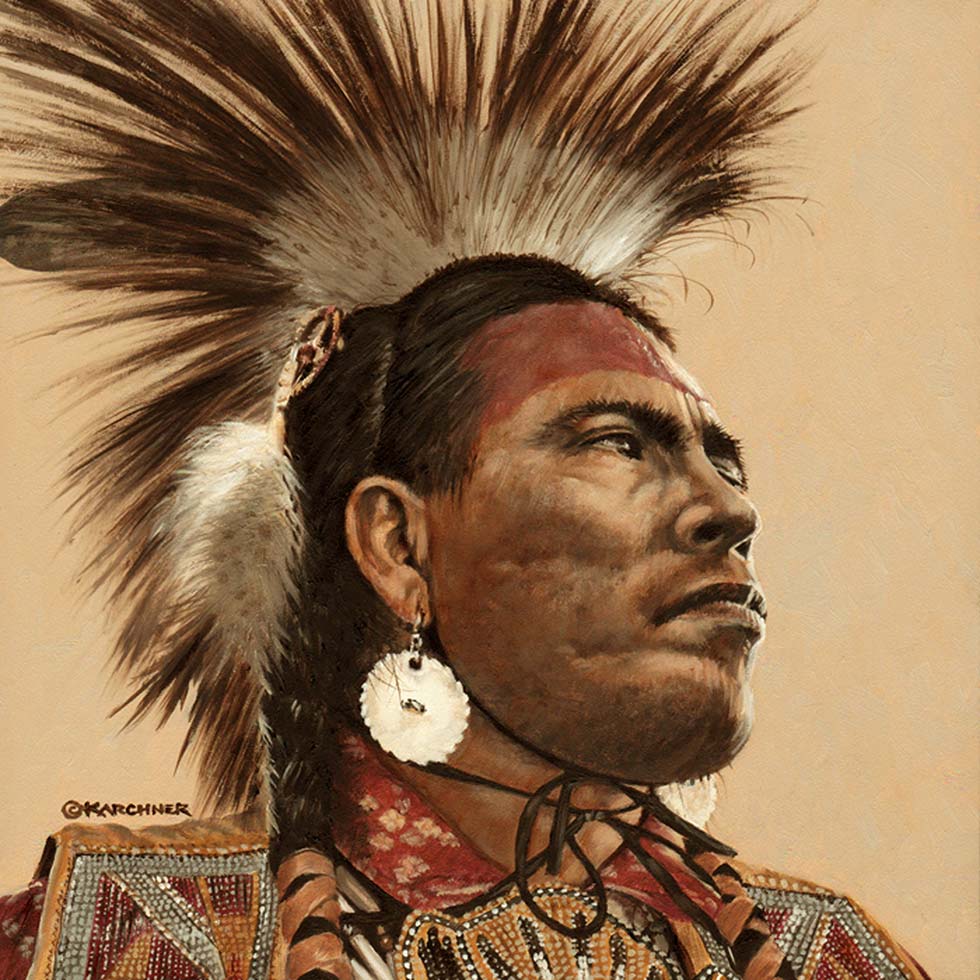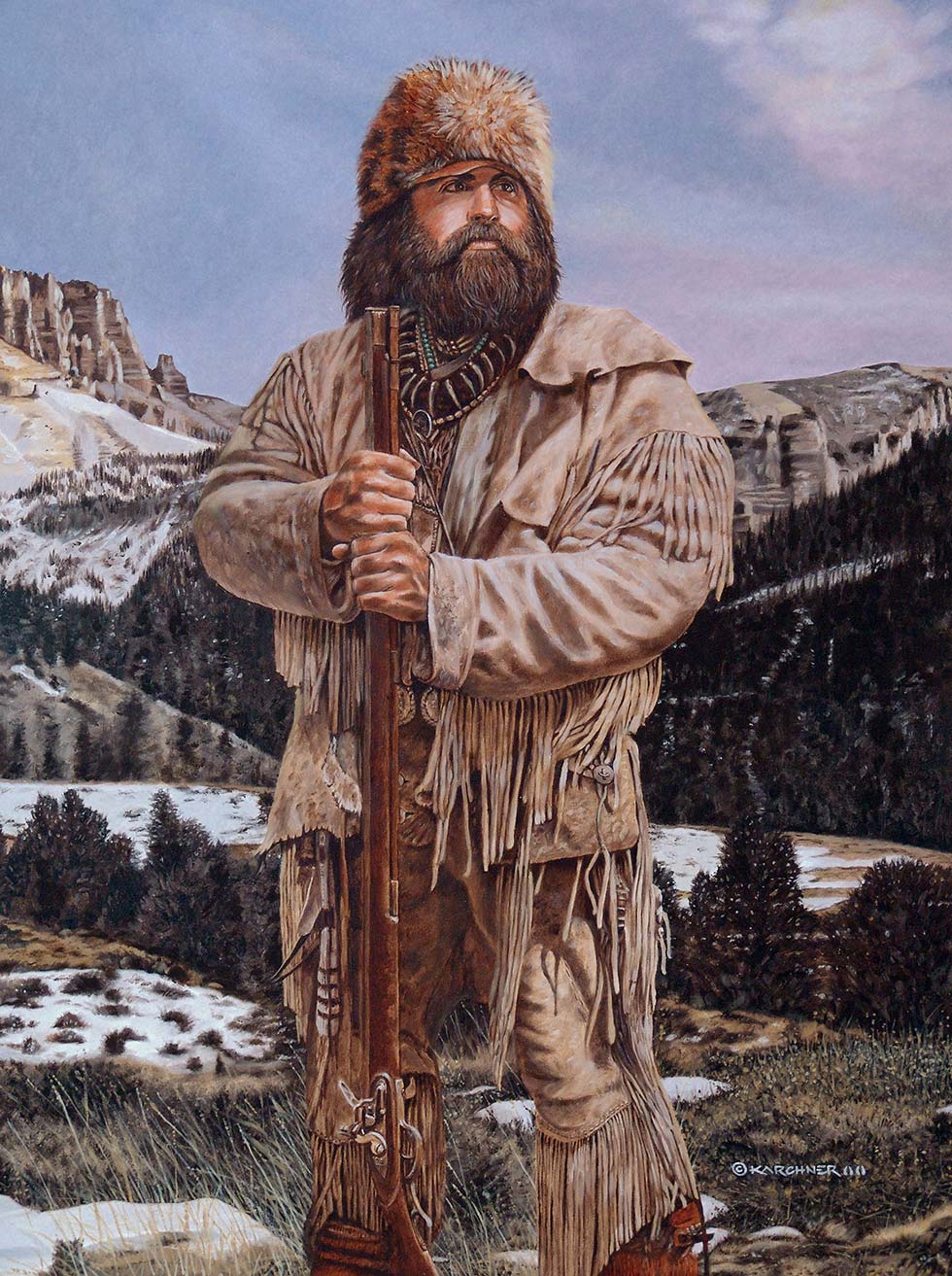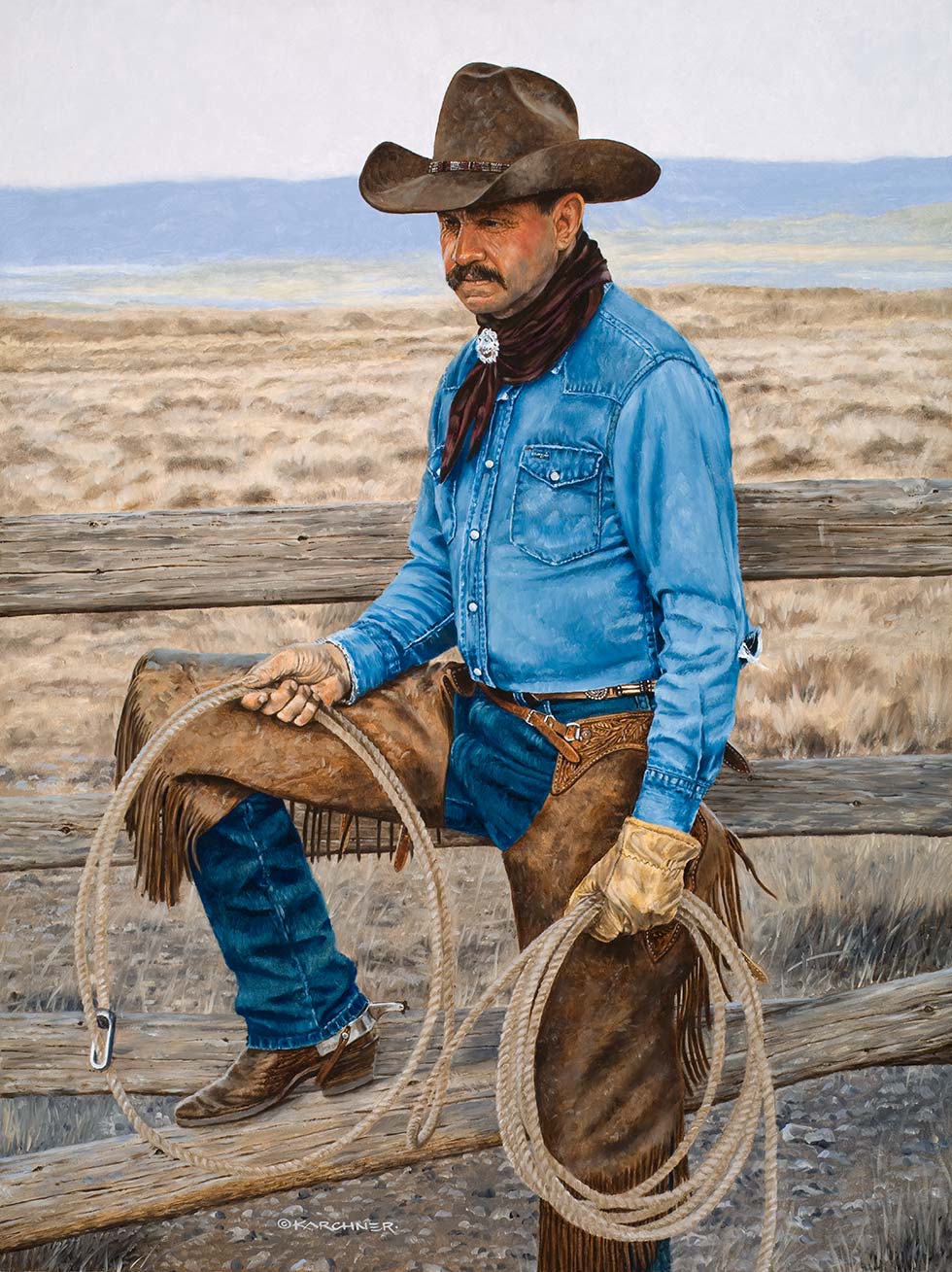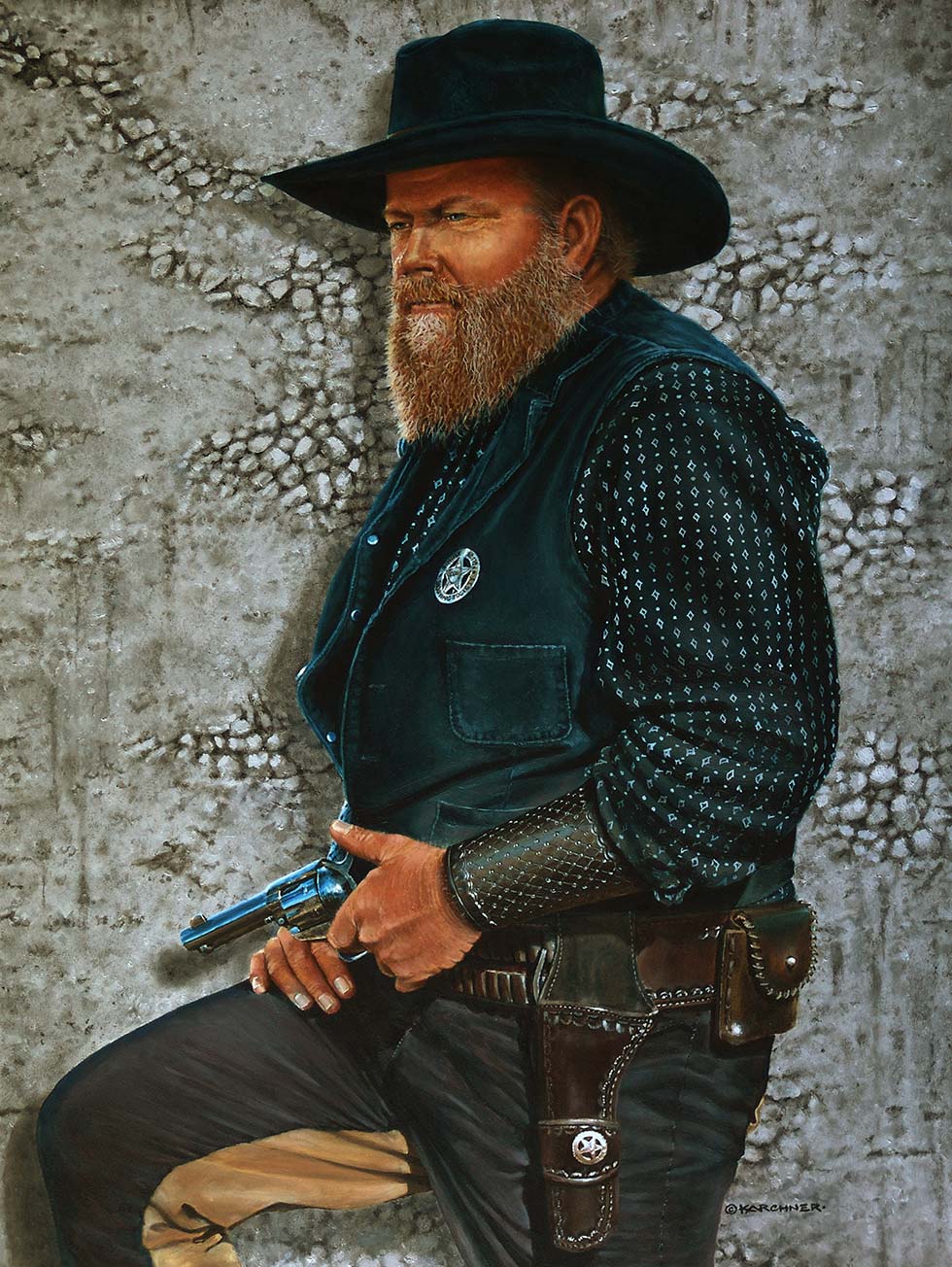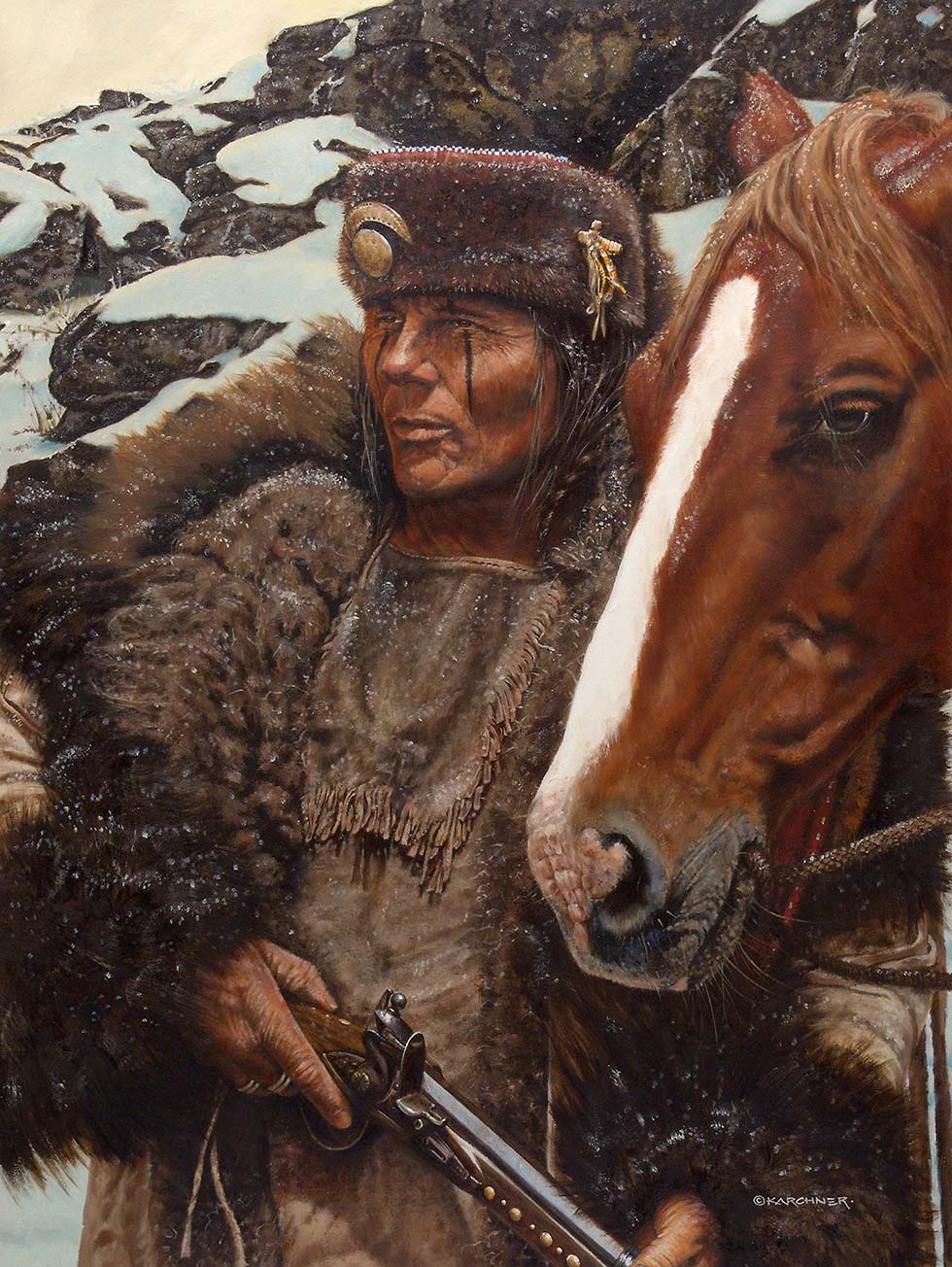A “circuit,” nowadays is called a “charge,” was a geographical area that encompassed two or more local churches. Local Methodist pastors would meet with their bishops annually for appointment to either a new circuit or remain at the same one, most often they were moved to another circuit. Once a pastor was assigned a circuit, it was his responsibility to visit each church in his charge at least once a year in addition to possibly erecting new churches. Because of the long distance between churches, the preachers would ride on horseback. They were called “circuit riders” or “saddlebag preachers.” They traveled with few possessions, carrying only what would fit in their saddlebags. They traveled through wilderness and villages, they preached every day at any place available such as peoples’ cabins, courthouses, fields, meeting houses, later, even basements and street corners. Unlike preachers of settled denominations, Methodist preachers were always on the move (most circuits were so large that it would take 5 to 6 weeks to cover their assignment). This is what boosted Methodism into the largest Protestant denomination at the time; bringing the church to the common people.Denny’s model for this painting was the first rider out in the 2006 Annual Mountain Man Rendezvous in Pinedale Wyoming. He was so striking and stood out from all the other actors as he approached on a beautiful “Blue Roan.” The horse appeared to be all black (actually black hair with silver mixed in) that matched the man’s all black regalia from hat to boots. The man just blew Denny away! Denny turned to Leigh and made the quick statement, “that preacher is a painting for sure.” The man even nodded at them as if he knew on his last ride by them. After the event they announced that most of the actors would be available for photographs. Denny made a beeline straight over to the man. It was spitting rain the whole time and the sky looked like it would open anytime. After an introduction, the rain stopped but the grey sky remained. The man was so gracious to pose in whatever position asked of him. As Denny directed the shots, he asked him to look back over his right shoulder. The photographer’s reaction to the two-second preview in her camera’s preview screen confirmed it was going to be “the shot.”
It wasn’t until weeks later that the title came to Denny while listening to Don Henley of the Eagles singing the lyrics to “The Last Resort.” The spiritual song is about the settlers moving across the plains seeking and praying for the next “paradise.” Denny was studying the photograph of the circuit preacher as the song played. It was at that moment that it hit him. There was a reason that he had asked for the “look over the shoulder.” The title came to him suddenly like a revelation.
Proudly presented to you, Festus Krause of Cora, Wyoming. Festus was playing the part the famous “Marcus Wittman,” circa 1860-1870 “Circuit Rider.” Festus was actually a rancher and worked the oil fields outside of Pinedale, Wyoming at that time. Festus was a “class-act.” Even though he was not a “real” preacher, he is a man to be well respected.
Medium is traditional oils on “Clayboard,” gesso-coated Masonite.
Edition of 150.
Original is sold.
Measures: 18″ x 24″








